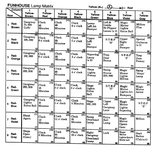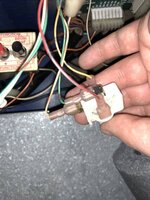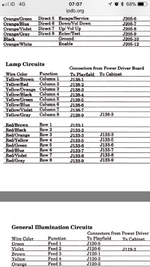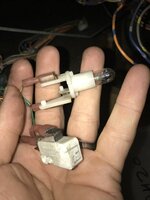I spent the entire day today fitting a full LED kit to my friend's Funhouse. Everything went relatively smoothly, but when I played a game after I'd finished there was a lot of random light issues. It wasn't sold as a non-ghosting kit so I have no reason to assume it was.
I'm inclined to think this is ghosting, but I don't have much experience with spotting it. In test mode several of the inserts light two at once, but not in a dim residual current kind of way - they properly light up. There doesn't seem to be any sense to it either, even a jet bumper light comes on with one of the inserts in test mode.
The magic mirror lights several bulbs at once at the start of a game, instead of just one flashing one.
Here is a video demonstrating it:
The machine is running ROM version L-2, which I understand is an old one. It's probably the one it came with. Is it fair to assume that a Funhouse without a ghosting patch is going to ghost with LEDs guaranteed?
I'm inclined to think this is ghosting, but I don't have much experience with spotting it. In test mode several of the inserts light two at once, but not in a dim residual current kind of way - they properly light up. There doesn't seem to be any sense to it either, even a jet bumper light comes on with one of the inserts in test mode.
The magic mirror lights several bulbs at once at the start of a game, instead of just one flashing one.
Here is a video demonstrating it:
The machine is running ROM version L-2, which I understand is an old one. It's probably the one it came with. Is it fair to assume that a Funhouse without a ghosting patch is going to ghost with LEDs guaranteed?
Last edited:





